A lot has changed in the world of computers since the time they first came in. While CDs, USBs, and 2G internet are where we began, technology progressed like wildfire and the world moved all the way forward and upward to the likes of 5G internet, cloud computing, and SaaS.
Software as a service (SaaS) is one of the most popular and best-known branches of cloud computing in the day. You most likely already know this but SaaS is essentially a delivery model in which applications are hosted in the service provider’s data center. A client or a user, in order to avail of the services, pays a subscription fee to the provider and uses the services in return. Though some offline models do exist, traditionally and typically, SaaS applications are accessible over a network connection.
SaaS, unarguably, has gained a lot of liking and popularity for the kind of features and advantages it offers. But having said that, there obviously are a couple of cons that follow and should be factored in before you decide to implement a SaaS product in your organization.
To make things easier for you, here is an in-depth list of pros and cons associated with a SaaS business model.
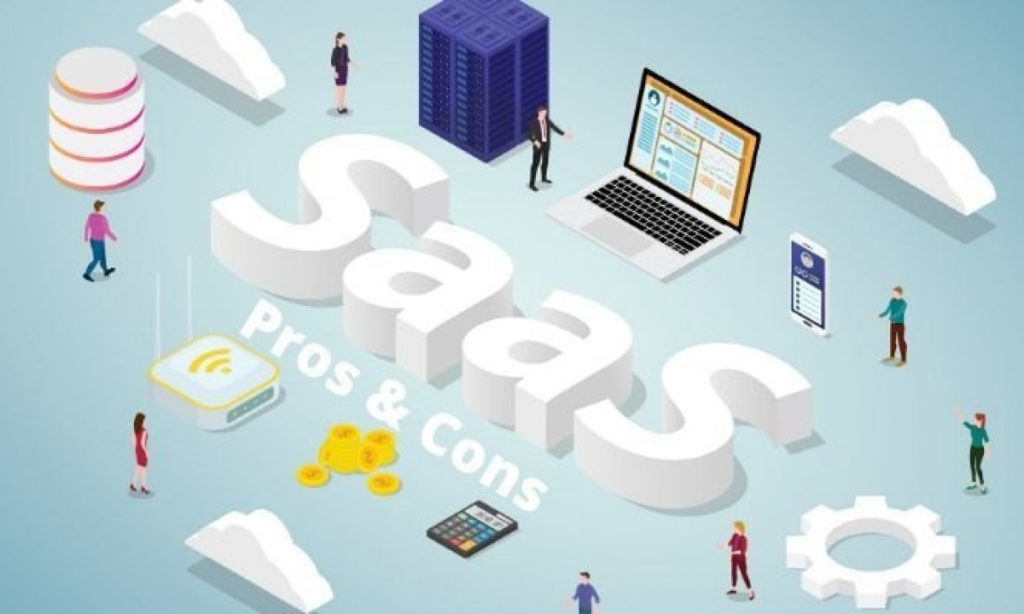
Pros of using a SaaS business model- Why should you be considering SaaS for your organizational needs-
1. Zero Hardware and Maintenance Costs
A SaaS business model frees you the heavy investment costs otherwise associated with buying and installation of in-house hardware. SaaS also frees organizations of the maintenance, support, and licensing issues as everything is taken care of by the SaaS provider. By subscribing to the services of a 3rd party cloud provider, businesses can empower themselves to channelize the organizational efforts on more important business needs against wasting time and efforts on software technicalities. SaaS can be looked at as a ready-to-eat meal, all you need to do is to pay for it for instant consumption; just like you pay the subscription fee and the SaaS product is ready for deployment and use.
2. Automatic Updates
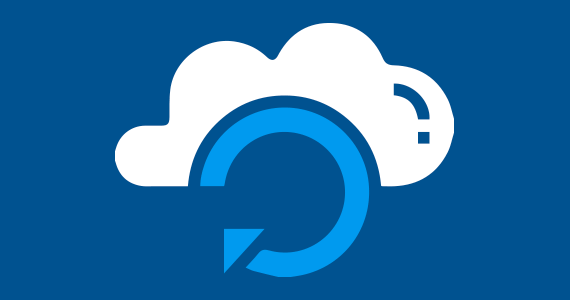
As SaaS companies host everything on the cloud against a subscription fee, they also are responsible, as providers, for taking care of all system upgrades and updates. If not for a SaaS product, businesses might have to spend a lot of time on testing and deploying updates, especially if the business owners are not from an IT background. As and when an update rolls out, it reaches all the users who have subscribed to the product, automatically keeping each machine on track as against having to do it manually or individually.
3. App Integration
All SaaS applications can easily be integrated with other platforms and systems using APIs. APIs or Application Programming Interface is a software intermediary that allows two applications to talk to each other. Since there also exist so many SaaS companies in the present day, a user can also choose between competitors on the basis of the level of integration one provider offers v/s another.
4. White Labeling and Customization
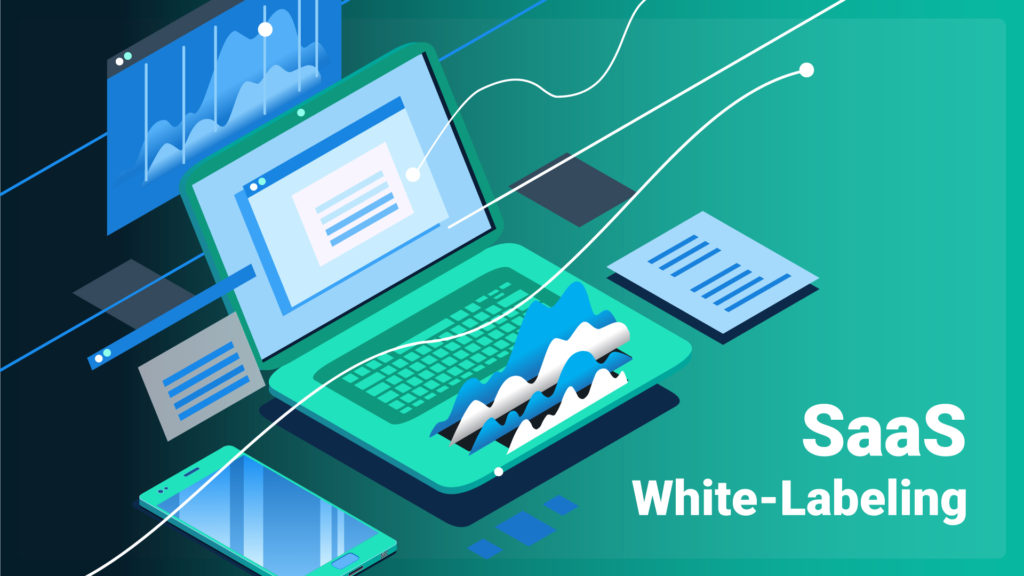
Not only white labeling and customization are helpful as they let enterprises customize the product as per the varied requirements, but it also can be a great yardstick for choosing between providers. Customization can render major value and help deliver accurate services to the clients.
5. Accessible Cross-Platform
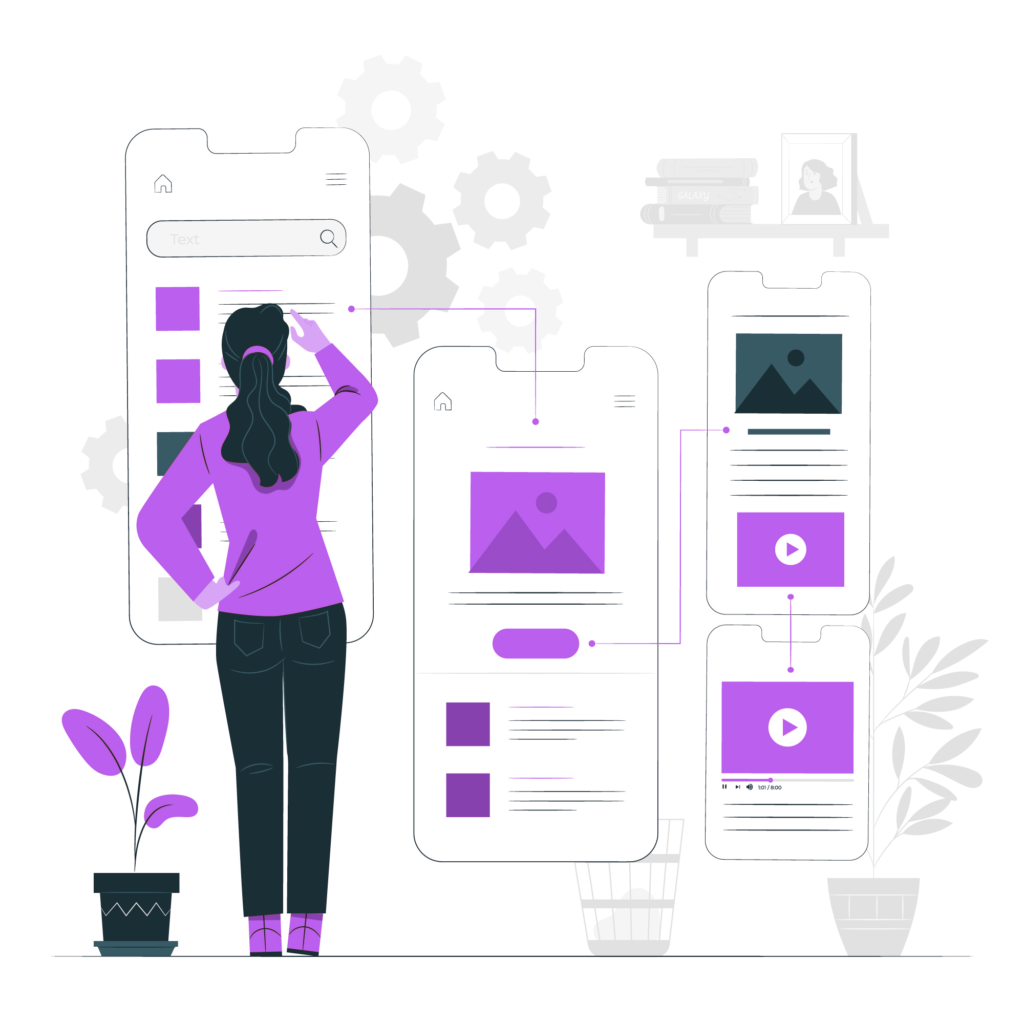
SaaS solutions, unlike traditional software that could be installed and be used only on one system, offer great cross-platform compatibility. Since SaaS products can be accessed through a web browser on any device, even remotely, it boosts overall productivity and efficiency.
6. Flexible Payment Options
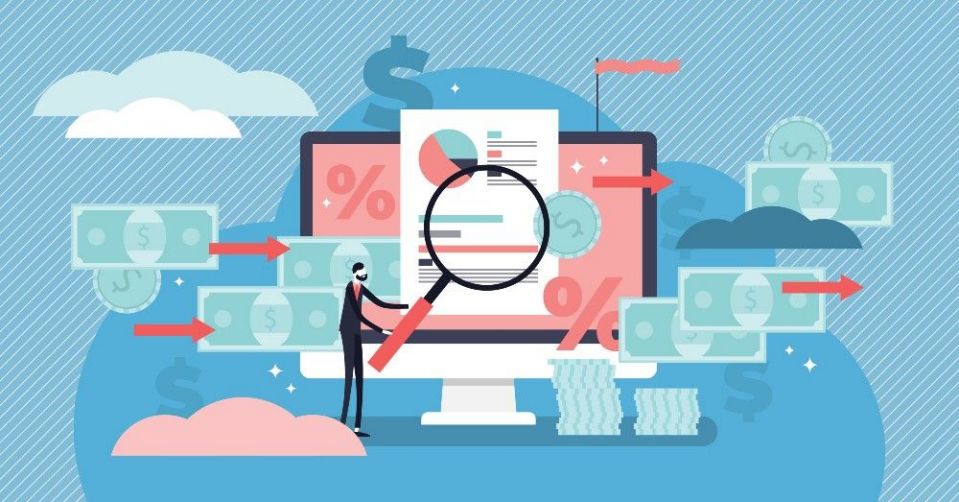
Most SaaS products have a range of features to offer. As a business owner, it is on your hands as to which services or features you want to be deployed in your organization and only pay for what you use. For example, your SaaS provider might only offer a 256 GB storage speed in your basic plan at $5. As you grow, you might want more storage and you can then pay an additional fee to get access to the additional storage. This offers organizations the flexibility to access more features and services as they grow and as required instead of having to pay upfront only to realize they don’t even need as many features or services.
7. Flexibility To Switch Between Providers
We all make wrong choices and that does not mean there’s no undoing it; at least not if you have chosen an unsuitable SaaS provider. You may subscribe to the services of a provider, only to eventually realize that their services do not suit the needs of your business. In an unfortunate case like such, you don’t have to be stuck. you can just cancel your subscription to move on to another, more viable service provider.
Cons of using a SaaS business model- What should you be looking out for before considering SaaS for your organizational needs-
1. Service Disruption
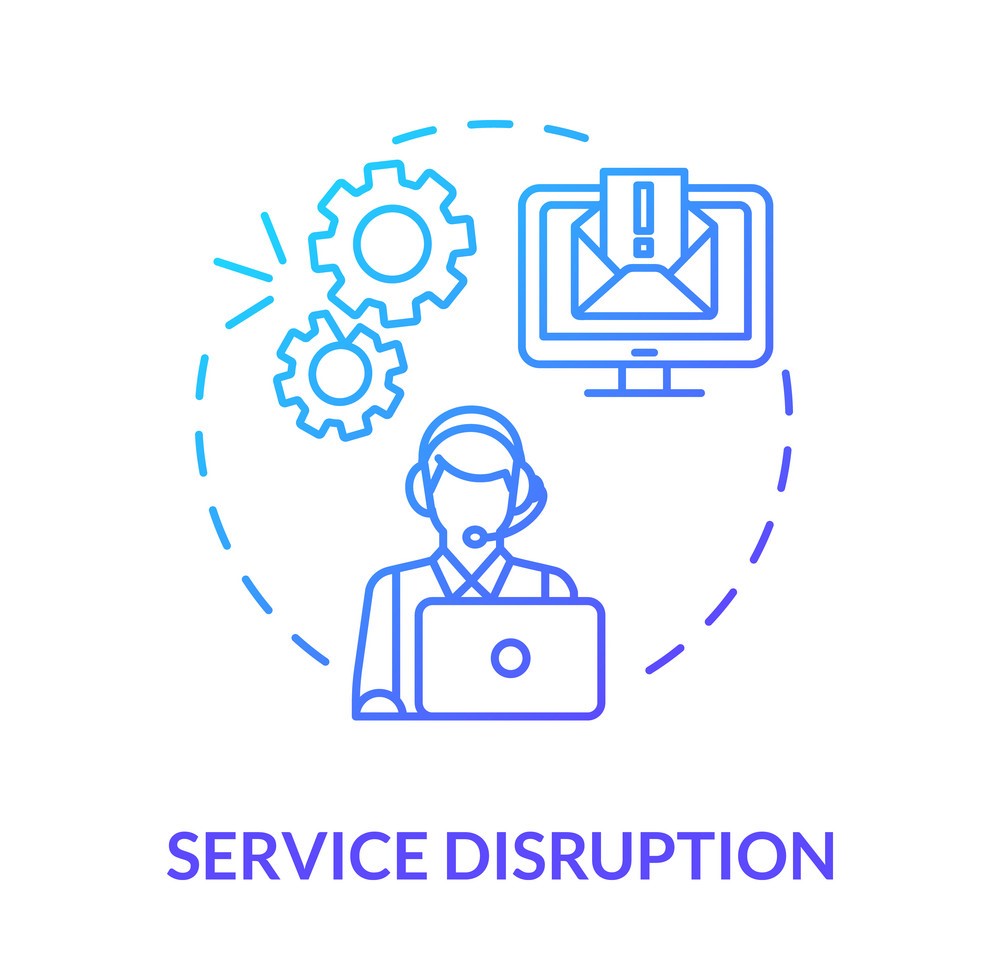
Most SaaS providers do their best to be at the top of their game and to provide uninterrupted services to their clients, but again, there can also be instances when things stop working as they should. And since this is a third-party service provider in question, there’s only so much you can do as an organization on your own to take care of the downtime. The element of reliability and dependency increases manifold times. Service disruption can also cause reduced productivity and efficiency. This is also why it is recommended that you spend some time understanding, in detail, your service provider’s SLA (Service Level Agreement).
2. Security Breach

When you hire a SaaS company and start using their product, you basically give them a lot of sensitive organizational information. If your service provider, in turn, experiences a data breach, your organizational data also go at risk and can be compromised, causing major potential financial and non-financial losses.
3. Latency

One of the benefits of SaaS is that everything happens on the cloud and there is no need for you to move your location or for your service provider to be locally available in order to render their services. Having said that, since SaaS users and data center providers can be located hundreds of miles away and still be in an agreement, a level of latency and performance issues might be experienced. In order to avoid this, it is recommended that you research well before investing in a SaaS provider as against working with a provider who cannot meet your expectation. This could also lead to having to switch between providers, translating to a waste of efforts, time, and money.
4. Compatibility Issues
As you hire the services of a third-party SaaS provider to host multiple software and apps, you also become vulnerable to an integration problem with the existing in-house software. Some of your pre-existing in-house APIs and data structures may not integrate with the external software of the SaaS provider. Hence, always ensure that you run enough compatibility checks before investing in a service provider.
5. Fussy Data Mobility
If in an unfortunate case, your SaaS provider fails to meet your expectations, it is an upside that you can always move onto another, better service provider. However, as the flip side of this, it should be understood that data mobility is not as easy as it seems. Transferring your organization’s data from one service provider to another could prove to be a rather cumbrous task and not a very pleasant experience so to speak. In order to avoid being in such a situation, it is always advised to prepare yourself for contingencies and keep an exit strategy handy.
Describe the advantages/disadvantages of the SaaS business model, with a focus on challenges in marketing. The goal of this piece is to push readers to consider using a service like Fantom for advertising
Final Takeaway
All said and done, SaaS is definitely the way forward in the world of technology-run businesses for the kind of advantages it offers. Renting of the software, as made possible by SaaS providers, takes away all the cost and scalability worries, instead of rendering easy deployment, greater flexibility and heightened convenience. If done in the right manner by hiring the services of a reliable provider, SaaS can take your organization to a whole new level – without having to worry about understanding the nuances of technology!







